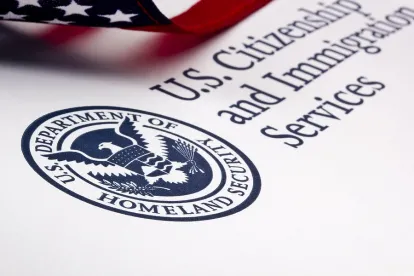The extension of the Optional Practical Training (OPT) program for international students with degrees in science, technology, engineering, and mathematics (STEM) allows eligible students to apply to extend their post-completion OPT authorization. Under the 2008 interim final rule, an F-1 student with a STEM degree from a U.S. institution of higher education could apply for an additional 17 months of OPT (per the 17-month STEM OPT extension), provided that the employer from which the student sought employment was enrolled in and remained in good standing in the E-Verify electronic employment eligibility verification program, as determined by U.S. Citizenship and Immigration Services (USCIS).
In 2015, USCIS implemented a number of changes to this rule. Among the changes were
- a new requirement for each STEM OPT student to prepare and execute with their prospective employer a formal training plan that identifies learning objectives and a plan for achieving those objectives;
- a provision for announced and unannounced Department of Homeland Security (DHS) site visits to employer locations in which STEM OPT students are employed;
- a number of periodic reporting requirements for both students and schools; and
- safeguards such as those to protect U.S. workers from losing a job to a STEM OPT student.
Although neither the rule itself nor the Form I-983 training application prohibit placement of students at third-party worksites, USCIS is using the DHS site visit provision as the basis for the new prohibition. The reasoning behind the new limit, thus far announced only by publication on the USCIS website, is that the training experience must take place on-site at an employer’s place of business or worksites to which U.S. Immigration and Customs Enforcement (ICE) has authority to conduct employer site visits. If the student is sent to different worksite locations (such as a worksite of the employer’s clients or customers), ICE would lack authority to visit such sites.
According to this reasoning, USCIS also bars what it refers to as “online and distance learning arrangements.” This means that employers may not fulfil the training component of the STEM OPT by, for example, having the student
- make periodic visits to the employer’s place of business to receive training, while the student is actually working at the place of business or worksite of a client or customer of the employer, or
- make periodic telephone calls or send periodic email messages to the employer to discuss his or her experiences at the place of business or worksite of a client or customer of the employer.
It is difficult to envision how this new interpretation will not limit the full array of opportunities that employers can provide for STEM students to experience all kinds of modern work arrangements.





 />i
/>i
